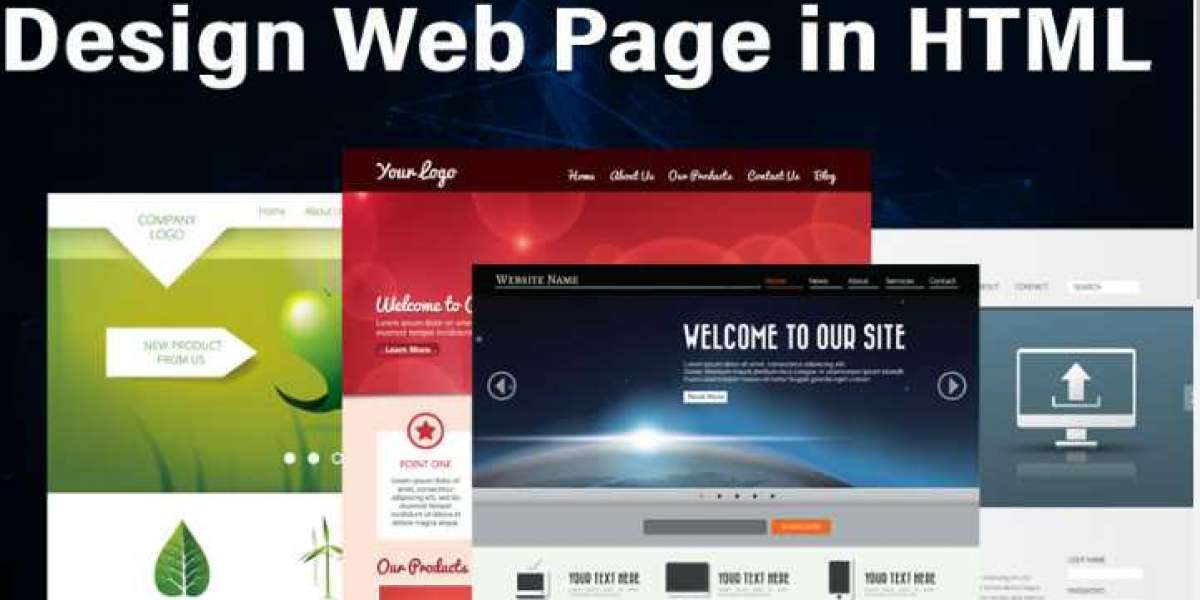introduction:
In the dynamic realm of web development, crafting an engaging HTML page is a fundamental skill. HTML, or HyperText Markup Language, forms the backbone of any website. Here's a comprehensive guide to help you design an HTML page that seamlessly merges creativity with functionality.
1. Start with a Solid Structure:
Begin by outlining your HTML document with essential tags such as html, head, and body. Establish a clear structure to facilitate easy navigation and readability.
htmlhead titleYour Page Title/title/headbody !-- Your content goes here --/body/html2. Create Sections with Headers:
Divide your content into meaningful sections using header, nav, main, article, section, and footer. This enhances both user experience and search engine optimization.
HTML3. Incorporate Media Elements:
Enhance visual appeal by integrating multimedia elements. Use the img tag for images and the video or audio tags for multimedia content.
HTML
article h2Exciting Article/h2 img src="your-image.jpg" alt="Image Description" pYour article content here./p video controls source src="your-video.mp4" type="video/mp4" Your browser does not support the video tag. /video/article4. Style with CSS:
Leverage Cascading Style Sheets (CSS) to add flair to your HTML. Define styles in a separate stylesheet or use inline styles within HTML tags.
head link rel="stylesheet" href="styles.css"/head5. Responsive Design:
Ensure your HTML page adapts to various screen sizes. Use responsive design principles, such as media queries, to optimize the user experience on both desktop and mobile devices.
CSS@media only screen and (max-width: 600px) { /* Styles for smaller screens */}6. Link to External Resources:
Connect your HTML page to external resources, including stylesheets, scripts, and fonts, to enrich the user experience.
HTMLhead link rel="stylesheet" href="styles.css" script src="script.js"/script link rel="stylesheet" href="https://fonts.googleapis.com/css?family=YourFont" /headConclusion:
Designing an HTML page involves harmonizing structure, content, and style. By following these steps, you can create a visually appealing and functional webpage. For more insights into web development, visit www.tousif.me and explore the endless possibilities. Happy coding!








